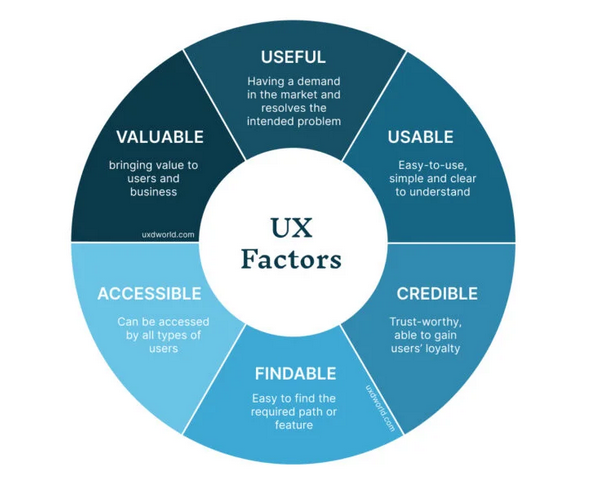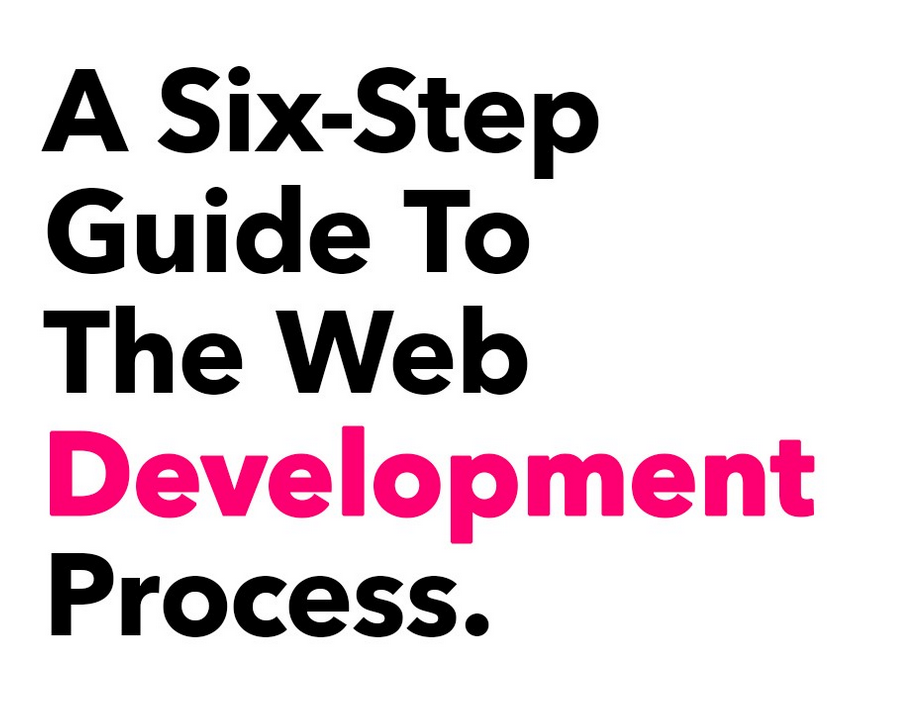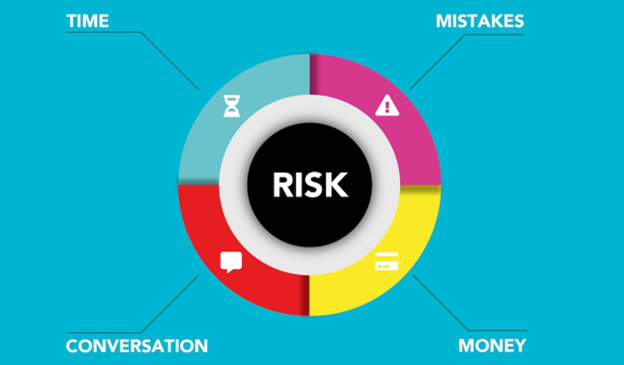Investing in user experience design is always a smart choice, and not just because it pays off, with an ROI of $100 for every single dollar invested. Great (or poor) UX has a direct influence on consumer behavior on your site.
So, regardless of your primary business goals, whether those include generating more qualified leads, encouraging sales, or reducing customer churn, paying close attention to the type of experience web visitors have on your website pays off. Moreover, great UX gives you the unique opportunity to shape customer decisions.
But how, exactly, does UX impact web visitor behavior? Are there any specific areas you need to focus on to boost engagement, conversions, or loyalty?
This guide provides an overview of the top ways user experience shapes customer decisions across industries, along with tips on how to improve your site’s user friendliness in a way that translates into growth. Let’s get into it.
First Impressions Influence Brand Perception and Purchase Intent
People see your brand’s website as a direct indicator of your company’s expertise, experience, and credibility. And science suggests that they form initial impressions about your business in less than 50 milliseconds of landing on your homepage.
With this in mind, it’s clear that investing in your online presence pays off. However, if you’re looking for information on how user experience influences customer behavior, you need to take a closer look at the way web design affects web users.
For instance, data shows that people have very specific preferences about the types of websites and content pages they want to interact with.
Adobe found that 59% of people prefer aesthetically pleasing content over resources that look plain. Additionally, scientific research published in 2025 confirmed the tremendous impact of both aesthetic appeal and user-friendliness on people’s purchase intent.
To promote a positive opinion about your brand, which will boost their chances of becoming customers, you must prioritize website usability and visual appeal. Ultimately, it’s one of the best ways to employ your digital presence to position your brand in a positive light.
This doesn’t have to mean going overboard with aesthetic and UX design. But creating a site that looks good, is relatively predictable, and aids your target audience in solving their pain points, all things that Re Cost Seg manages to accomplish, will be the perfect start toward guiding your leads toward becoming customers.
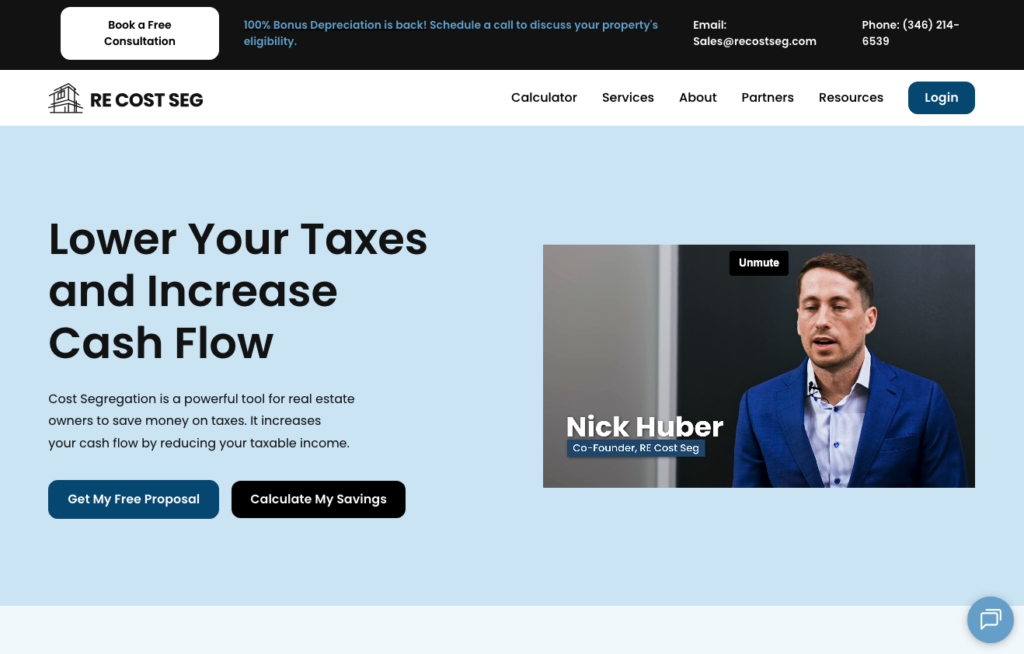
Source: recostseg.com
Consumers Won’t Return to Websites After a Single Poor Experience
If you’re still not convinced of the value of website usability in setting up your business for success, consider the following data.
88% of online consumers are less likely to return to a website after a poor user experience.
So, unless you want your target audience to write off your business as a provider of potential solutions to their pain points, you’ll want to elevate your site’s UX design.
The good news is that there are several easy hacks that can help visitors have a better experience.
For instance, Deloitte found that a 0.1-second improvement in site speed resulted in an 8.4% increase in conversions and a 9.2% boost in average order value.
Or, if you consider that mobile traffic accounts for 61.85% of all global internet usage, it’s easy to conclude that investing in site responsiveness creates an overall better user experience.
Another relatively simple method to improve UX and use it to influence brand perception and shape consumer decisions is to pay attention to site accessibility.
WebAIM’s 2025 research found that 94.8% of all homepages contain accessibility issues, which significantly reduce usability for individuals with disabilities. What’s fascinating, however, is that resolving this UX issue can be as simple as paying attention to color contrast, using descriptive link text, and adding alt text to images.
If you want to go further in employing UX to ease your target audience’s browsing journey, you could also do something similar to Brain Ritual, a brand that includes an accessibility button on its homepage to give visitors control over how on-page content appears and acts.
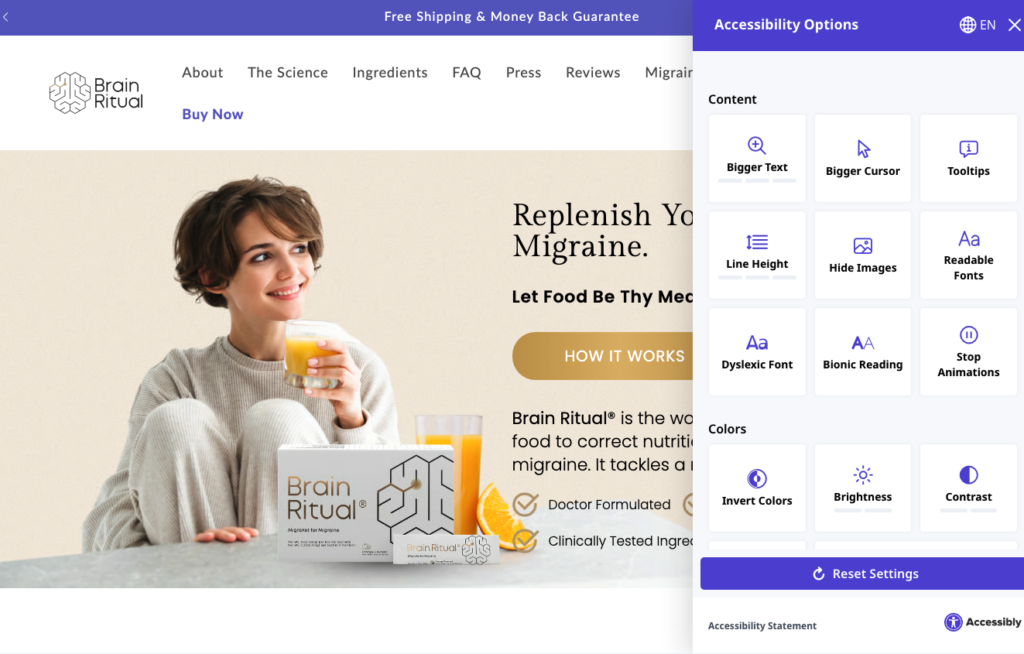
Source: brainritual.com
Site Navigation Either Supports or Blocks the Buying Journey
When searching for solutions that can remove their pain points, most consumers want speed and convenience. Enabling them to easily find what they need when browsing your website could help shape their buying journeys in a way that benefits your business.
To begin with, try to align your site’s UX design with common consumer behaviors. Nosto found that 69% of consumers go straight to the search bar when visiting a retail website. Yet 80% leave due to a poor search experience.
With this in mind, pay attention to how this UI element looks and performs on your homepage.
A good example of a website with a user-friendly search function comes from Kiehl’s. The function is easy to find and use thanks to the autocomplete feature. But even more, the results each search generates include direct product links (along with social proof and price info), making it super easy for shoppers to discover and buy solutions to their needs.

Source: kiehls.com
If this type of feature seems too complex for your needs (or design budget), then explore more traditional methods to accomplish a similar effect.
PergolaKitsUSA.com, for instance, features a simple navigation menu at the top of its homepage, making it extremely easy for visitors to choose a relevant option. As for visitors who don’t know what they want, the Featured Shade Structures webpage section combines visuals with descriptions to make it easier for consumers to find an option that aligns with their needs.
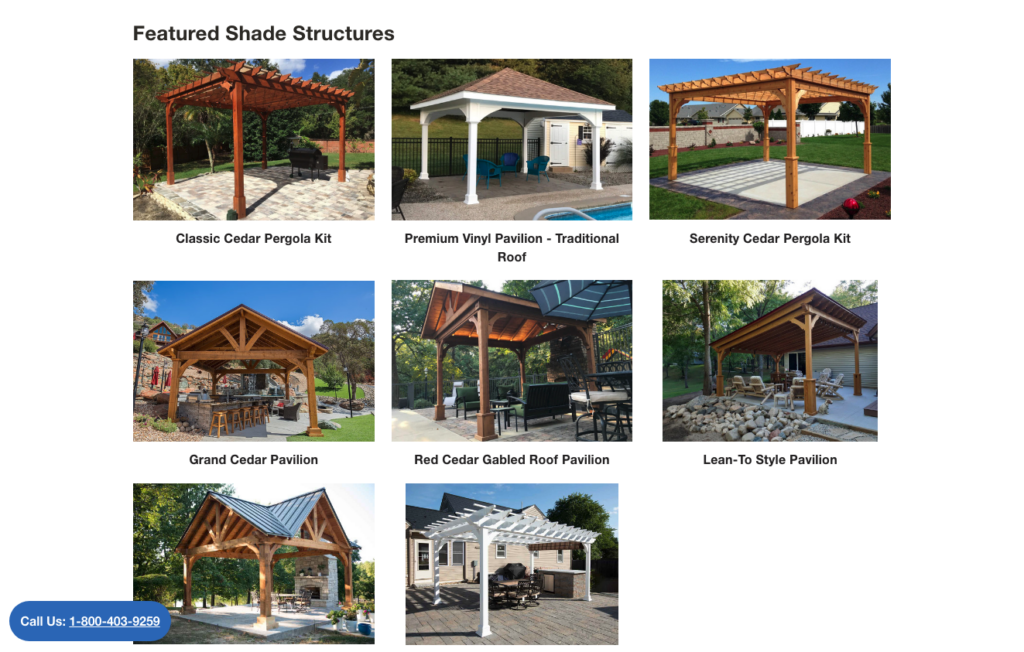
Source: pergolakitsusa.com
Readability Directly Impacts Product Understanding
When it comes to UX upgrades that don’t require you to overhaul your entire website, content readability is one of the best ways to positively impact your visitors’ purchase intent.
Ultimately, consumers seek value. And they’re even willing to change their shopping behavior if it means getting a better deal. In fact, PWC’s latest survey found that 51% of consumers switched brands due to price.
But while your pricing strategy, obviously, determines your ability to convert and retain customers, it’s worth noting that how you communicate product or service value also determines your brand’s success.
So, how can you shape web visitors’ user experience to increase their chances of converting? Well, one method to use would be to pay attention to your on-page content and its readability scores.
Simply put, the higher the readability score of an online text, the easier it is for readers to understand its message. And the great news is that you can make significant improvements with simple hacks.
Shortening sentences, avoiding jargon, using text segmentation, and prioritizing user-friendly formatting are all easy ways to help your prospects understand the value of your offer.
For instance, check out how Start in Wyoming boosts on-page readability scores. By using tables and bullet points, the brand aids product understanding and, consequently, increases web visitors’ purchase intent.

Source: startinwyoming.com
Customer-Centric UX Facilitates Conversions
One of the more common misconceptions about user-friendliness in web design is that simplicity trumps detail.
And, sure, in some cases, this can be true. For instance, research from Hubspot shows that fewer form fields boost conversion rates, with the ideal number of questions to ask prospects being three.
However, while this is valuable information for boosting your prospects’ chances of becoming customers, it shouldn’t be a one-size-fits-all UX hack. On the contrary, designing an exceptional user experience necessitates a customer-centric approach.
For example, if you look at some of the latest research on what consumers want and expect from businesses, you’ll find that personalization ranks high on their list of demands.
According to an Attentive report, 96% of people are likely to purchase from brands that personalize their messaging.
So, instead of looking to fit in with what everyone else is doing, explore ways to predict and meet your target audience’s needs and expectations.
Brickface, for instance, does this by asking for several details about the services potential customers need, knowing full well that the extra information can make it far easier (and quicker) to provide prospects with an attractive offer.
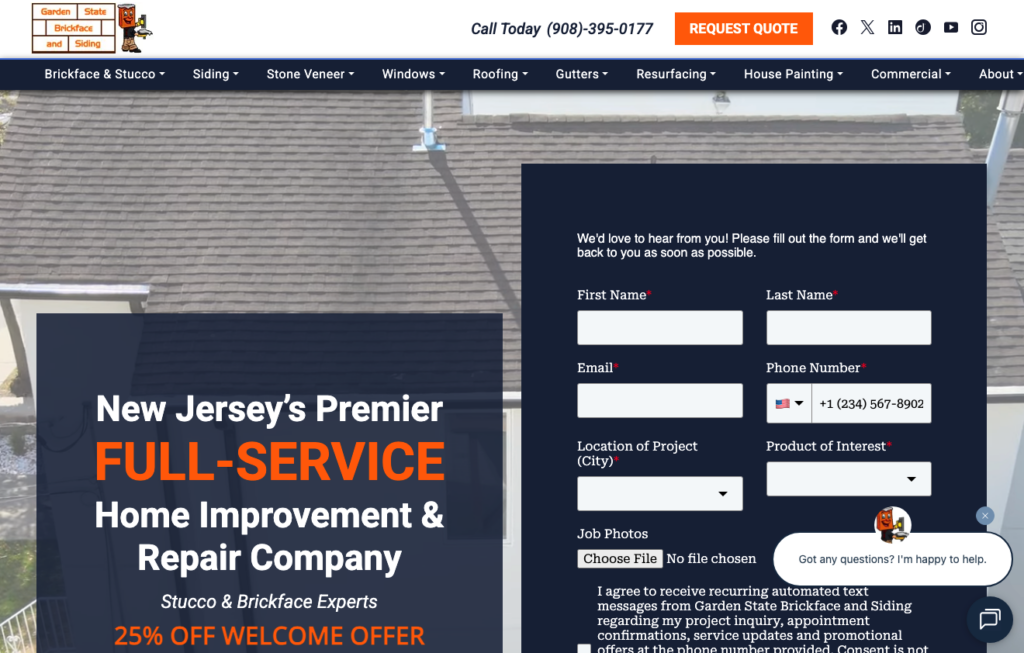
Source: brickface.com
Or, you can choose to employ UX design to address other customer priorities.
For example, if operating in a low-trust industry, supplementing your conversion elements with trust-building microcopy could be a great way to remove common conversion elements.
Or how about simplifying the conversion process to ensure it goes as smoothly as possible? If you check out Rosie, you’ll find that it created an advanced onboarding system to make training as simple as entering a business name or pasting a website address, significantly shortening the time necessary for setting up the AI-powered answering service.

Source: heyrosie.com
Smart UX Design Drives Loyalty
Finally, as you explore ways user experience shapes customer decisions, it’s essential to remember that the buyer’s journey doesn’t end once you’ve made a sale. Instead, the sales cycle restarts, ideally resulting in long-lasting customer loyalty.
The good thing is that there are several UX design hacks you can use to encourage that loyalty.
Encouraging shoppers to subscribe to your products instead of choosing a one-time purchase is always a great option. But, of course, there are other effective ways to convince your target audience to continue interacting with (and buying from) your business.
For example, knowing that most consumers decide what brands to use based on the quality of post-purchase support they expect to receive, incorporating and highlighting customer support resources in your web design can be an easy way to drive loyalty.
Check out how Yoto does it. Knowing that many parents want their kids to enjoy specific stories or music, this brand created an easy-to-follow visual guide for customizing audio cards that buyers can use with their existing player.
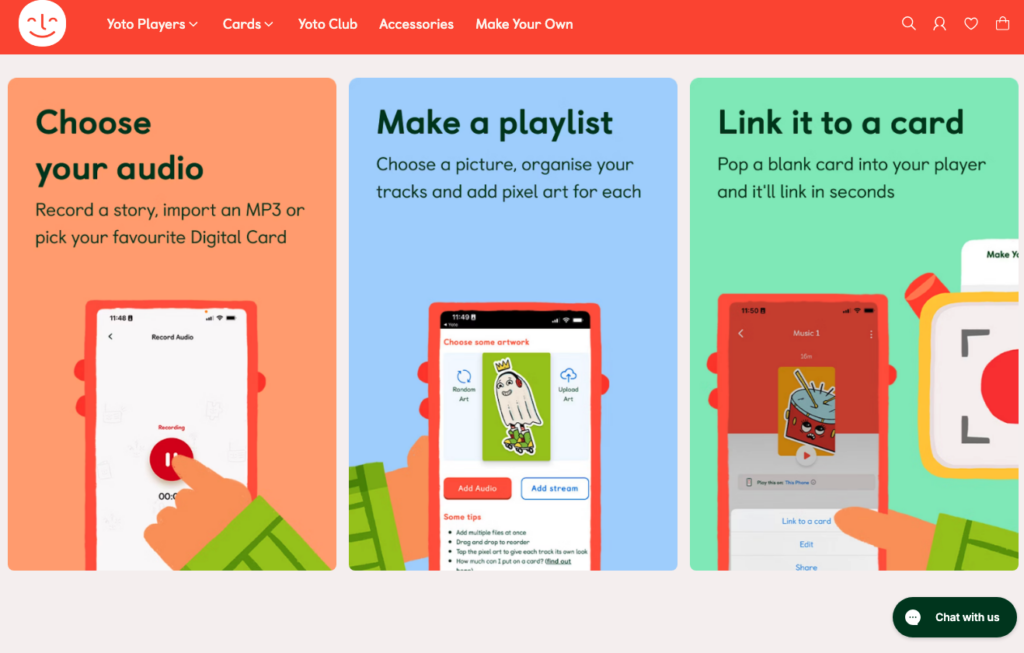
Source: yotoplay.com
Final Thoughts
Providing web visitors with an enjoyable browsing experience isn’t just about leaving a positive impression. It’s equally about supporting them through their buyer’s journey and encouraging them to convert into customers of your brand.
Fortunately, there are many UX design strategies you can utilize to shape customer decisions and convince prospects to give your brand a chance. The tactics outlined in this guide are all excellent places to start.
But remember: exceptional user and customer experiences can only stem from in-depth audience understanding. So, always approach the UX design process from a customer-centric point of view. And don’t forget to track how your audience reacts to your site’s UX design. Who knows, you might just discover new and unique ways to support your prospects and to help them resolve their pain points by making small changes to how your website looks and performs.
- The UX of Trust: Why Design Can Make or Break Brand Credibility - November 24, 2025
- 6 Ways User Experience Shapes Customer Decisions Across Industries - October 13, 2025
- UX for Niche Markets: How to Design User Experiences for Specialized Industries - July 29, 2025
![]() Give feedback about this article
Give feedback about this article
Were sorry to hear about that, give us a chance to improve.
Error: Contact form not found.

